How to train a cat to use a litter box in a new place?
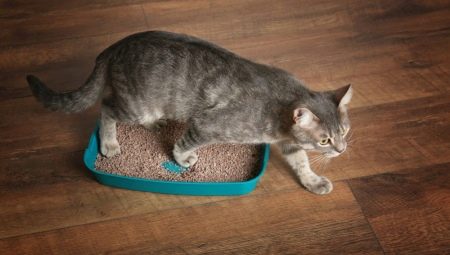
The reasons for training an adult animal or kitten to the litter box can be very varied. Very often, during repairs, the owners decide that there is no longer a need for the tray to stand in the old place. Moving to a new house or apartment can also cause inconvenience for an adult animal, which threatens to develop into a tangible problem. And it's not worth talking about little kittens. There can be many reasons why a toddler might stubbornly avoid the litter box. The article will provide practical recommendations, as well as consider the main reasons for refusing to go to the toilet in the right place.
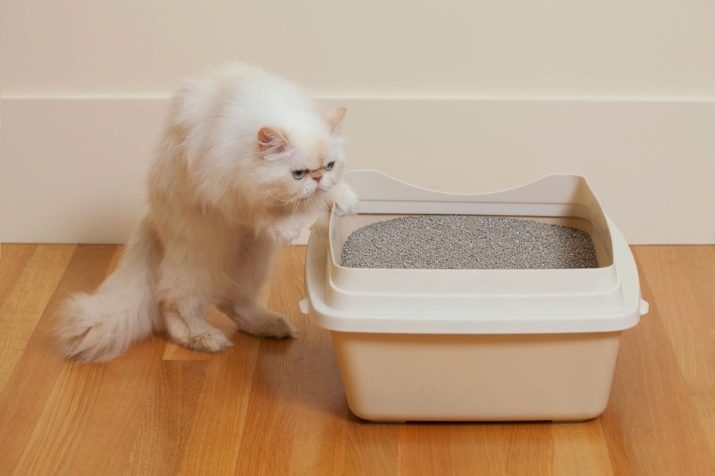
Toddler training process
If the baby was taken from the nursery, then, as a rule, there should be no problems with going to the toilet. Firstly, all breeders independently train a kitten to the litter box, and secondly, they give them to a new place of residence at the age of at least 3 months. Thanks to this, the cat manages to convey to him all the wisdom of living in an apartment, which means that there is practically no chance of getting piles in the apartment.
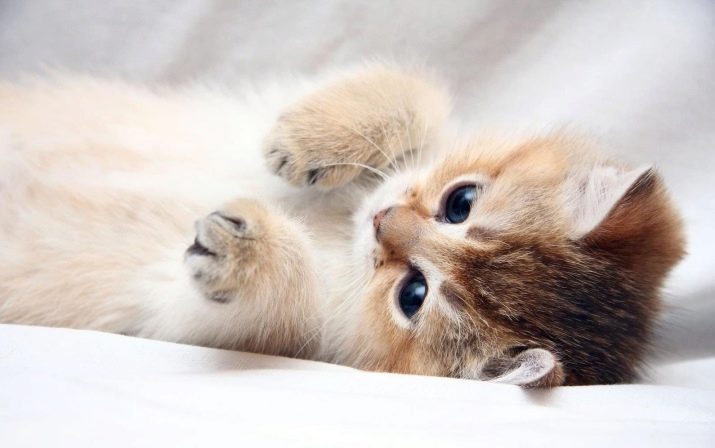
It's another matter if the kitten that appears in the house is very small. The following tray-training patterns will work here.
- Use special training sprays in combination with products that will get rid of unwanted odors. The fact is that animals have a more delicate scent, and even a “crime scene” cleaned and washed with strong-smelling disinfectants can still exude an aroma accessible only to a kitten for a very long time, thereby stretching the toilet training over time. Tray attraction funds are sprayed onto a piece of paper and placed in the tray. Some manufacturers allow spraying directly onto the filler. The smell should be renewed daily.At the same time, the places of the kitten's oversight are carefully processed by special means. On average, lasting results are achieved within a few weeks.
- Put several trays around the apartment. Such tricks are very relevant for feline babies. After the kitten gets used to "doing things" only in the right places, they observe which of the trays he liked the most. Others are gradually getting rid of.
By the way, this method works not only on small, but also on adult street cats, which they decided to domesticate.
As a rule, the listed methods allow you to very quickly train a kitten to the litter box, but even with them you should be patient and not let the situation go by itself. Bad manners in cats very quickly turn into persistent habits, which can then be difficult to get rid of.
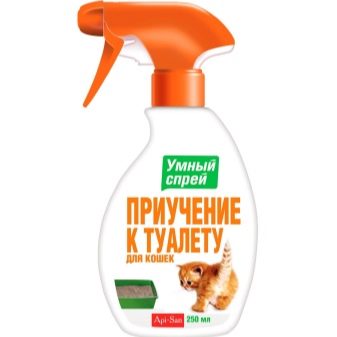
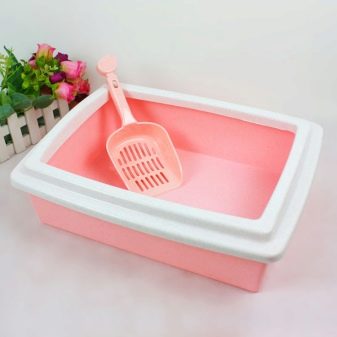
Moving an adult cat to a new location
A change in the place of residence of the owners leads to the fact that in the temperate lifestyle of the pet, serious changes are taking place. And it may turn out that a still well-mannered and not mischievous cat or cat turns into real robbers. It is worth noting that most adult animals are quite willing to go to their old tray at any new place, however, if the situation gets under their control, the listed methods should be applied.
- The filler should remain the same. Each animal chooses the most suitable pellet type for itself. Some of the cats prefer wood filler, some silica gel or mineral. Therefore, when moving, you should not change the filler, the animals are very conservative in their preferences and may not appreciate the efforts of the owner.
- If you can't take the old litter box with you or it's time to replace it, then you should take a handful of the used filler with you and put it in the new toilet. The animal will feel its smell and will relieve the need in the designated place without any problems.
- Some cats are uncomfortable going to the toilet in an open space that can be viewed from all sides. Therefore, if the tray is in a large corridor, then this can be a problem.
There is a solution - moving the toilet to a more secluded place or buying a special tray house.
They are large and comfortable for the animal. In addition, the filler does not leave the boundaries of such a pot, no matter how actively the cat rummages in it.
Usually, these recommendations allow the animal to survive the move without problems, and the owners relieve additional headaches.


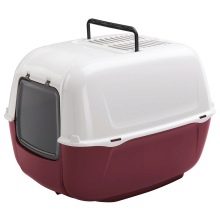
General recommendations
In order to train a kitten or an adult animal without problems, observe the following rules.
- There should always be litter in the tray. Of course, without it it turns out much more economical, however, the instinct of cats for burying is not satisfied. Therefore, this point is the first and one of the most important. For some, even small kittens, it is enough to show that it is possible to dig in the tray, and the baby will gladly start going there to the toilet.
- Under no circumstances should the animal be punished for its mistakes. Beating and yelling at a kitten has no practical meaning. So the process of accustoming can be delayed indefinitely. At the time of training, someone from the family should be constantly at home and guide the baby, at the same time removing flaws with the help of special means from the smell.
- The animal must be healthy. If an adult cat or kitten is tormented by something, then problems with the pot are the first and serious bell for contacting a specialist. If an adult animal has never been dirty, and now refuses to go to the tray, but relieves need on a bed or other soft places, then this may indicate intestinal inflammation or the development of urolithiasis. Such an animal does not need to be scolded, it urgently needs to be shown to the veterinarian. Little kittens, especially street kittens, have parasites in almost 100% of cases. Therefore, the primary treatment from them and a visit to the doctor, and only then toilet training.


A well-bred and not mischievous animal is a loyal friend with whom the owner lives side by side every day. The most important thing is to be attentive to your pet, as well as follow simple recommendations, and then there will be no problems with potty training.
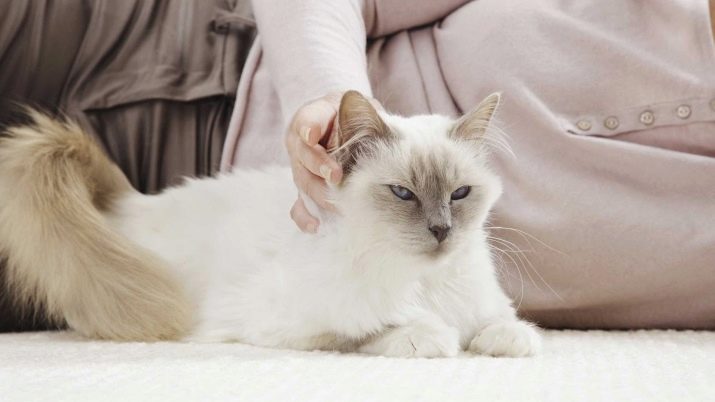
The process of training a kitten to the litter box, see below.
































